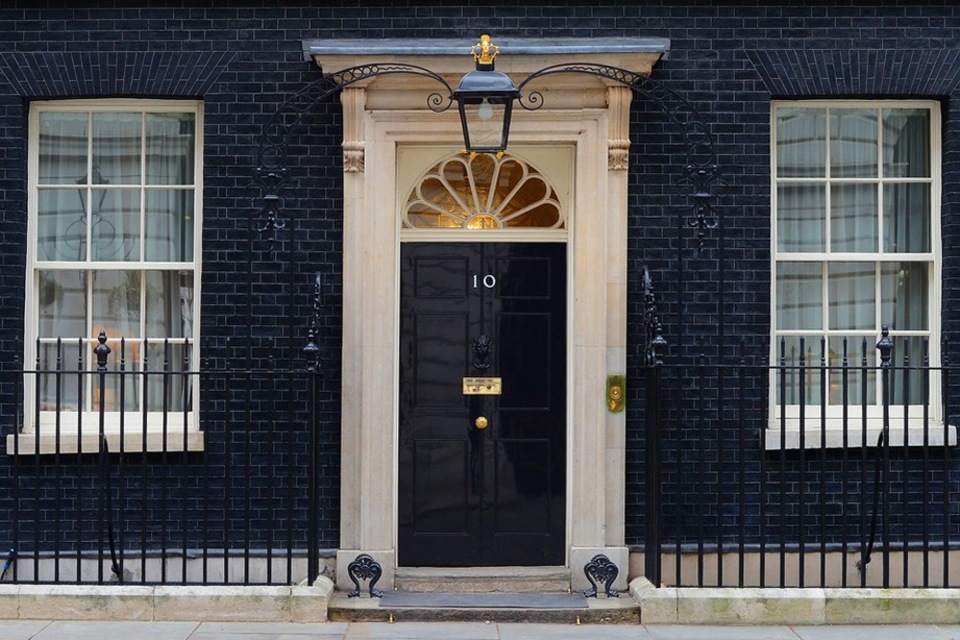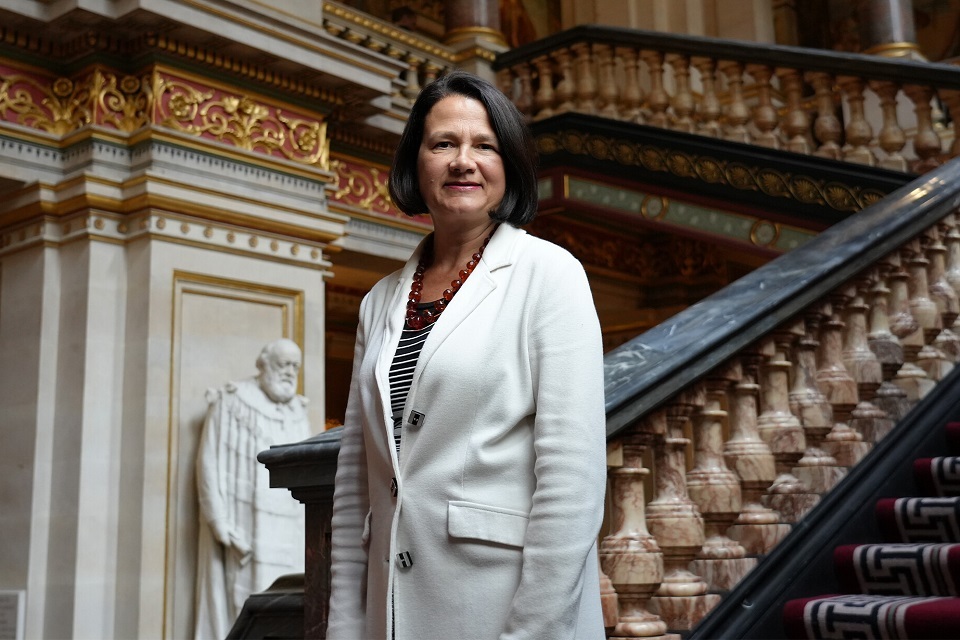I am this year’s Chair of the International Holocaust Remembrance Alliance.
We are a global community of governments and experts who focus on promoting, strengthening and advancing Holocaust education, remembrance and research.
Over the past two and a half decades, IHRA has safeguarded sites and challenged distortive narratives. Our experts are the backbone of everything we do. They fearlessly tackle complacency and warped misinformation in equal measure.
Our experts spotted the mushrooming of Holocaust distortion in 2010. They immediately understood how it threatened liberal democracy.
Holocaust denial is not mainstream; few serious people would publicly say the Holocaust is an invention.
Distortion is different. It is often misdiagnosed as a lesser evil.
Distortion takes many forms with two dominating trends trivial comparisons and minimising numbers and treatment.
Suggesting Global Warning is a Climate Holocaust or Anti-Vaxers persecuted to the same extent as the Jews under Hitler trivialise the suffering of the Holocaust.
The second type masquerades as freedom of speech or earnest enquiry.
I was once attacked on Twitter for saying Treblinka was a death camp. My attacker said I could not be more wrong; it was a transit camp where a few people died due to influenza but nothing more
This questioning has become mainstream with the advent of Artificial Intelligence.
The threats associated with AI in safeguarding the record of the Holocaust are many, including the potential for manipulation by malicious actors, the introduction of falsehoods or dissemination of biased information, and the gradual erosion of public trust in authentic records.
The latest wave of Antisemitism arrives as a perfect storm when reliable news outlets are at their weakest. Newspaper readership has plummeted, regional and local newspapers have disappeared, and the once powerful nightly news bulletins have diminished in influence.
This year, it is estimated that 52 per cent of the UK’s population relied on news via a social media platform, where there is little moderation or balance
One of the most graphic examples of this false narrative is the use of AI tools to create deepfakes.
As this decade progresses, the number of survivors who witnessed the Holocaust as children will move from contemporary memory into history. In anticipation of this, much effort is being made to secure testimony and protect archives. The very depth of this knowledge might be our Achilles’ heel
You don’t need programming skills to create a deepfake. You can make it for free in less than 30 seconds using many free deepfake applications.
We live in an era in which “seeing is no longer believing”.
The consequences of cheap, widespread fakery are likely to be profound. It is possible to imagine Holocaust survivor testimony being manipulated. We may see Holocaust survivors with false words put into their mouths; the concentration camps were “not that bad”; ‘we had plenty of food’; “we played cards on a Thursday with SS” and such like..
How do we meet this challenge.
The first thing we need to understand is AI is here to stay. That governments will always be playing catch up to cheep widely used AI.
The second thing is we ourselves will use AI to improve our archives, it will find links and connections. We will use it to improve training and teaching
We need to enhance AI literacy and research skills so that users know how to verify AI-produced texts.
Key to all this is the necessity of understanding Large Language Models, and those in the Large Language Model community will need to understand the Holocaust to ensure its accurate representation.
Put simply, Large Language Models are a type of artificial intelligence that uses machine learning algorithms to replicate human language. It uses massive data sets to develop its ability to translate languages, predict text, and generate content.
As Large Language Models become more complex and human-like, they raise more ethical questions about their diversity, energy requirements, ability to make decisions, and use as content creators. This is why Large Language Models are so important in our field.
The big tech companies struggle to understand the issues around the Holocaust the same way we struggle to understand AI. The intersection of understanding between policy makers, AI experts and Holocaust experts needs to grow.
That is why we will be focusing on Large Language Models during a special AI conference in London as part of the UK IHRA Presidency. The conference will bring together those involved in creating Large Language Models and our experts. It is an opportunity to learn from each other and to expand our work.
More than a decade ago IHRA adopted a working definition of Holocaust denial and distortion.
We made countering Holocaust distortion a pillar of the IHRA strategy.
With the support of voluntary contributions by Germany, Israel and the United States the IHRA established the Global Task Force against Holocaust Distortion.
Now the dangers of Holocaust distortion are addressed in the EU Strategy for Combating Antisemitism and Fostering Jewish Life.
The United Nations passed a resolution condemning Holocaust distortion.
And we are here today, with IHRA Member Country Romania and OSCE ODIHR, who have both been close partners of the IHRA in our joint mission to counter Holocaust distortion.
Romania became one of the first countries to implement the new IHRA–UNESCO capacity building training to counter Holocaust distortion.
Romania successfully localized the campaign #ProtectTheFacts.
ODIHR has been a partner to #ProtectTheFacts since January 2023.
And the UK has just completed capacity building training to counter Holocaust distortion with NGOs and Policy Makers.
It’s clear that our work is far from done.
Over the past few days, like you, I have frequently thought about IHRA’s late Honorary Chairman, Yehuda Bauer. He had a way of taking complex ideas and making them simple. Yehuda once addressed our current dilemma when he said a half-truth is worse than a whole lie.







